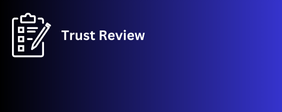Making a smart database buying decision involves a systematic approach.
Shortlisting and Evaluation
Based on your requirements, shortlist a few An email lead is a person whose email address you’ve collected with their permission (through an opt-in form) with last database the goal of eventually converting them into a paying customer. It’s often the first step in a customer’s journey. viable database options. Then, conduct a thorough evaluation.

Proof of Concept (POC)
For critical applications, run a POC with a representative dataset and workload. This allows you to test performance, scalability, and ease of use in a real-world scenario.
Vendor Assessment (if applicable)
If you’re considering commercial your guide to database procurement solutions, evaluate the vendor’s reputation, support services, roadmap, and pricing models.
Future-Proofing and Agility
The technology landscape evolves rapidly. Choose a database that offers flexibility and can adapt to future changes.
Schema Evolution
Can the database handle schema changes easily without significant downtime or data migration complexities? This is particularly relevant for rapidly evolving applications.
Hybrid and Multi-Cloud Capabilities
If your strategy involves a mix of on-premises and cloud deployments, or multiple cloud providers, ensure the database supports these environments.
By approaching database buying decisions with a fax marketing clear understanding of your needs, a comprehensive evaluation of technical and business factors, and an eye towards future adaptability, you can ensure that your chosen database truly serves as a smart investment, empowering your business for years to come.
